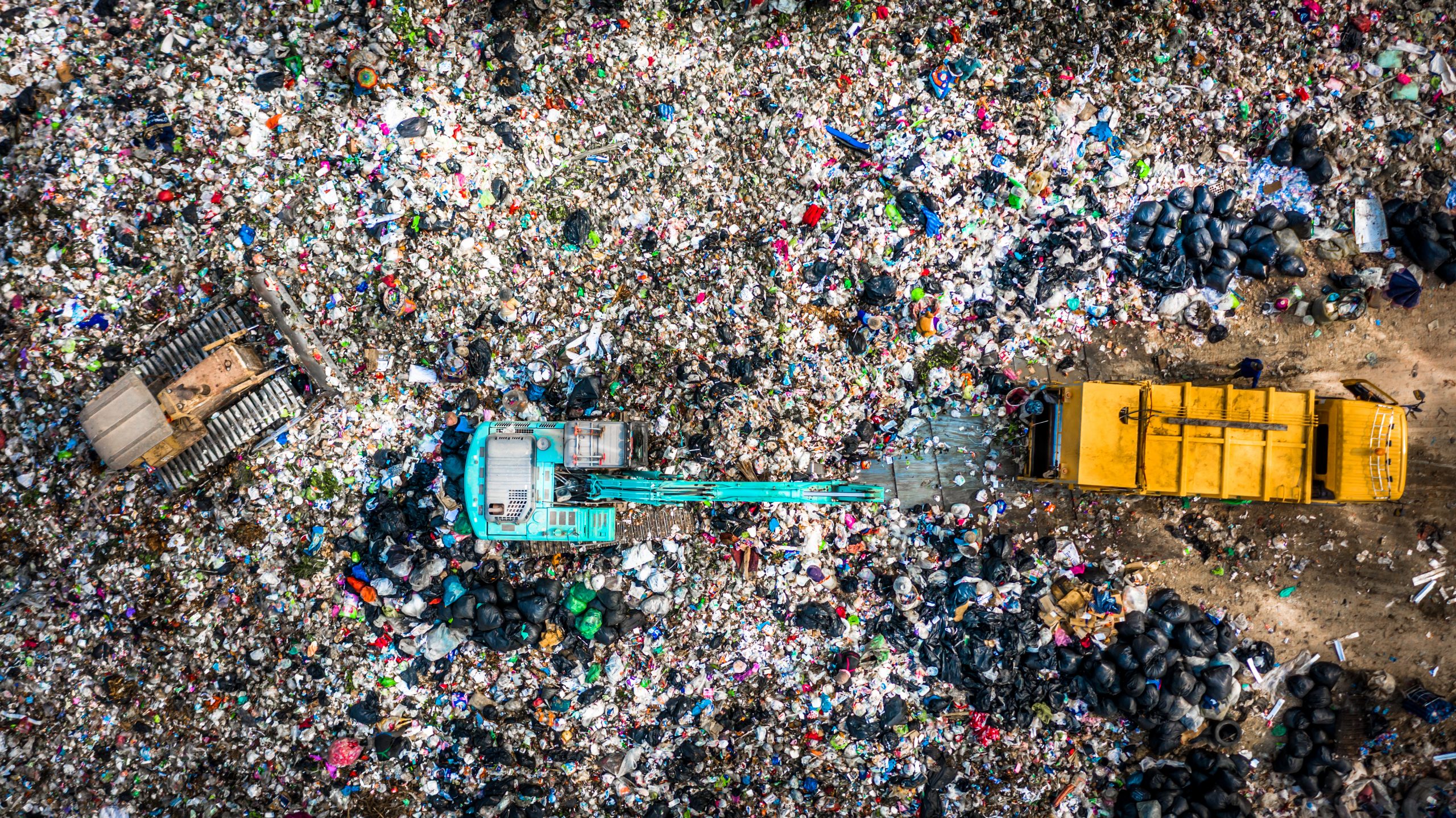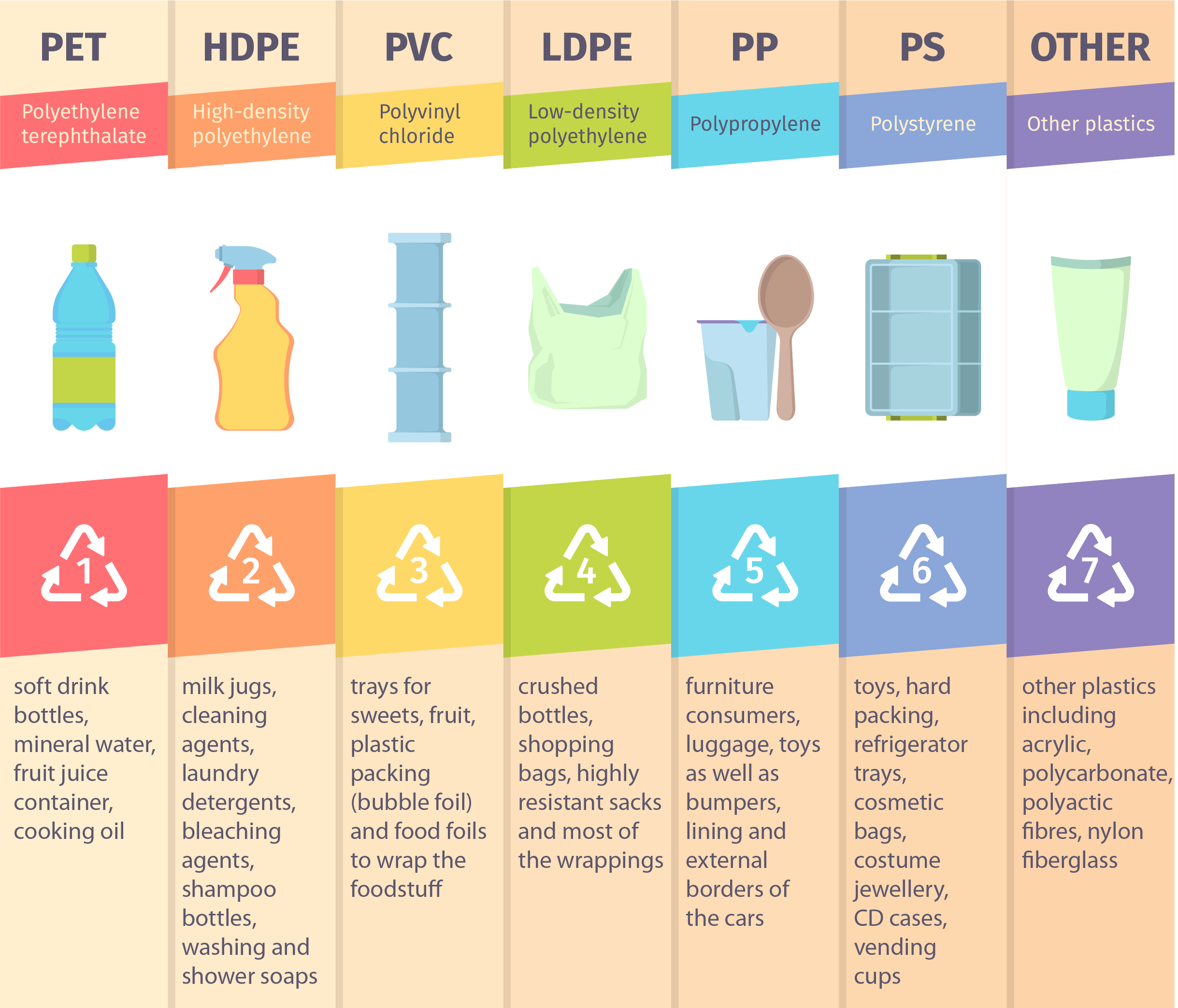Curbing Plastic Pollution

Plastics are synthetic polymers made from long-chain molecules and are highly versatile, flexible, lightweight, durable, safe, energy-efficient and cost-effective products used for various applications in every field, such as packaging materials, consumer goods, electronics, healthcare, irrigation, etc. Unfortunately, it does not easily break down and can remain in the environment for extended periods. Undoubtedly, one of the topmost challenges for environmental protection is mitigation and finding possible solutions to the rising plastic pollution. All sorts of plastic products are ubiquitous, and their improper disposal threatens the ecosystem, including human life, the food chain, marine species, and wildlife. Scenes of plastic clogging drainage systems, causing flooding, finding its path in the oceans, etc., demand urgent attention. One of the main reasons for plastic pollution is human activities, such as the production and use of single-use plastic, such as bottles, bags, cutlery, and packaging materials.
The Great Pacific Garbage Patch, which is a collection of marine debris in the North Pacific Ocean, is impacting the marine ecosystem. Dumping of plastic on the ground slowly results in the leaching of harmful chemicals into the soil, contaminating the groundwater. Global plastic production’s rapid growth, unsustainable consumption patterns, and inadequate waste management systems have fueled this crisis.
Several questions and dilemmas exist regarding continuing plastic usage and curbing its pollution. Is plastic a real villain? Should it be banned, and its production completely stopped? Can plastic pollution be mitigated? How can the 3Rs “Reduce-Reuse-Recycle” effectively address plastic pollution? While the “Reduce and Reuse” pathways would require social discipline, let us explore the technological pathways related to the recycling of plastics.
Recyclable Plastics
Plastic recyclability depends on main factors such as its type and availability of recycling technology. The Society of Plastics Industry 1988 introduced a resin identification code and classified plastic resins into seven classes.

Class 1: Polyethylene Terephthalate (PET) is commonly used for making beverage bottles, Fibers for clothing, packaging, insulation and trays, jars, containers, etc. The best part of PET is that it is 100% and infinitely recyclable.
Class 2: High-Density Polyethylene (HDPE) has a high strength-to-density ratio and is mainly used for making plastic bags, corrosion-resistant pipes, toys, liners, chemical containers, non-woven fabrics, etc. HDPE is non-biodegradable plastic but is a recyclable material. It is the most easy-to-recycle material; and can be recycled 8 to 10 times before the product loses its properties.
Class 3: Poly Vinyl Chloride (PVC) is a construction material. It also finds application in making pipes, window frames, food wrapping, blister packaging and some consumer products. Less than 1% of PVC is recycled due to its complex combination and low thermal stability. Due to some additives, PVC recycling may have limited options.
Class 4: Low-Density Polyethylene (LDPE) has a low tensile strength and can withstand much stretching before breaking. LDPE is a 100% recyclable thermoplastic polymer. It hence finds applications mainly in plastic bags, shrinks wraps, flexible packaging, toys, cable insulation, etc.
Linear Low-Density Polyethylene (LLDPE) has higher impact strength, tensile strength, puncture resistance and elongation than LDPE. It is used in filmmaking etc.
Class 5: Poly Propylene (PP), used in food containers, medicine bottles and consumer products, is used primarily for making Tote bags, clothing, carpets, camping equipment, etc. As PP bags are woven, PP is widely recyclable and reusable to limited cycles.
Class 6: Polystyrene is used for foam packaging, disposable cups, plates, and eating cutlery. Polystyrene foam contains ~95% air and requires more energy and pre-treatment to recycle than producing fresh material. As polystyrene is structurally weak, it breaks easily. PS is not recyclable due to its typical composition, high contamination levels and porous nature.
Class 7: Any other plastics, such as polycarbonates, polyamides etc., which is not part of the above six classes, are classified in this category. Polycarbonates are generally used for making eye goggles/glasses, mobile phones, compact discs, etc. These polymer products often contain Bisphenol-A, which is released at high temperatures and is highly carcinogenic. The plastics in this class are hence mostly nonrecyclable.
Apart from the above, there are some bio-degradable plastics such as Poly Butyrate Adipate Terephthalate (PBAT), Poly Butylene Succinate (PBS), Poly Vinyl Alcohol (PBA), etc.
Technology Pathways
There are several pathways to recycling various plastic materials. Each method has its advantages and limitations.
- Mechanical recycling requires collecting, segregating, and shredding plastic material before melting it to make new products. The melting process partially breaks the polymer chains, reducing its viscosity and tensile strength, thus making it harder to re-process. Therefore, the new plastic formed is a lower-grade plastic that may become unsuitable. Chemical pathways mainly include pyrolysis, gasification, hydrocracking and depolymerisation technologies for recycling plastics.
- Pyrolysis is a process of heating the material without oxygen. Plastic pyrolysis is a thermochemical conversion process wherein long polymer chains are broken into minor molecular weight compounds. This is the most popular and common pathway for treating plastic waste. Generally, thermal degradation occurs at 300 to 500 Deg. C. Various chemical reactions like cracking, oligomerisation, and aromatisation occur in the reactor. The gases from the pyrolysis reactor are condensed and recovered as oil products which can be used as liquid fuels. Using catalysts such as Zeolites/ZSM-5 and Y-Zeolites improves the yield of catalytic cracking. The pyrolysis process’s feedstock consists of a mix of HDPE, LDPE, PP, PET and PS materials.
- Plastics gasification technology converts plastic waste into syngas which can be used as a feedstock to obtain chemicals such as methanol, ammonia, or liquid fuels through the Fischer-Tropsch process. Gasifier is generally operated at temperatures of 900 Deg. C for processing a mixed feedstock of PE and PP waste materials. Steam, Oxygen or air are used as gasifying agents. Plastic waste has unique properties, including its high volatility and high thermal resistivity. The material is sticky, adhesive and viscous, and the exceptional tar production would obstruct plastic waste processing using traditional gasification technologies. Nevertheless, the technology is matured and commercialised; it must be customised to the feedstock mix. Compared to the pyrolysis process, the gasification route has a lower thermodynamic efficiency due to the loss of carbon materials to CO2.
- Hydrocracking technology can treat plastic waste and obtain liquid fuels like diesel, jet fuel and gasoline. This catalytic process occurs in the presence of hydrogen to saturate thermally cracked products. The process can use a mixed feedstock of HDPE, LDPE, PET and PS plastic waste from the bags, bottles, etc. High temperatures are required to break the C-C bond of the polymers. The process has a relatively low yield, increased energy demand and long residence/processing times. As technology advances, a mix of plastic materials is used in the packaging industry rather than a single component. This poses a challenge to the hydrocracking of plastic waste regarding selectivity and catalyst activity. However, many catalysts are available to treat various plastic waste feedstock mixes. A main plastic waste challenge is the shift from single-component to multicomponent plastics, particularly in the packaging industry, e.g., composites, multilayers, and blends. Developing catalysts that can treat multiple single and mixed streams is essential.
- Depolymerisation technology refers to breaking polymer materials into their monomers, thus a reverse polymerisation process. The enzymatic depolymerisation field is developing rapidly, wherein biological enzyme catalysts will be used for depolymerisation. Microwave-assisted depolymerisation is another area where technology is available at low readiness levels. In a world-first, INEOS Styrolution has proven the technology for breaking polystyrene polymer into its monomer. This technology demonstrates the circularity concept by depolymerising the waste polystyrene, which can again be used as feedstock for making polystyrene-reducing fossil carbon-based feedstocks.
Suggested Approach
While the technologies are available for recycling plastic, a robust framework is required to ensure that a feedstock in the required quantity reaches the factory gates. The plastic waste collection currently needs a systematic and well-defined framework. Several installations exist at a smaller scale contributing to a minuscule percentage of plastic waste recycling, and the same can be increased exponentially by creating an infrastructure for plastic disposal, collection, and segregation so that feedstock is assured for the recycled plastic processors. The existing processes need to update over the developing trends towards catalyst or selectivity, and older units could be more energy efficient, causing a low future deployment scenario. These units also do not have any incentives for helping the environment. The cost of technology is at times higher due to high energy requirements. Support for R & D programs and policies to develop matured sustainable technologies for waste plastic recycling would help curb plastic pollution.
Regarding plastic waste collection, the root cause of its current disposal methods must be inspected. Public discipline in the disposal of plastic waste, especially single-use plastic, requires urgent intervention. A deposit of merely one rupee on every plastic bottle can be seriously considered as it will significantly reduce littering. Similar to newspaper/paper recycling, a plastic waste collection infrastructure would help change society’s habits towards plastic waste disposal. The problem is not in the plastic but in the disposal discipline. Significant efforts are required to change public practices to continue benefiting from plastics. Any revenue incentive/penalty framework would help collect the plastic waste, which can be suitably used by the different technologies in curbing plastic pollution.
Concluding Remarks
Plastic forms an integral part of human life; however, the disposal of plastic is a huge problem that needs to attract immediate attention and earnest efforts. While decarbonisation is the top priority for the world, plastic pollution should also be addressed. It should be one of the world’s top priorities to preserve the ecosystem and still derive the benefits of plastic use. Technologies are readily available for recycling select plastics, and their accelerated deployment would help reduce plastic pollution. A robust framework with incentives is undoubtedly required in developing waste plastic disposal habits.





